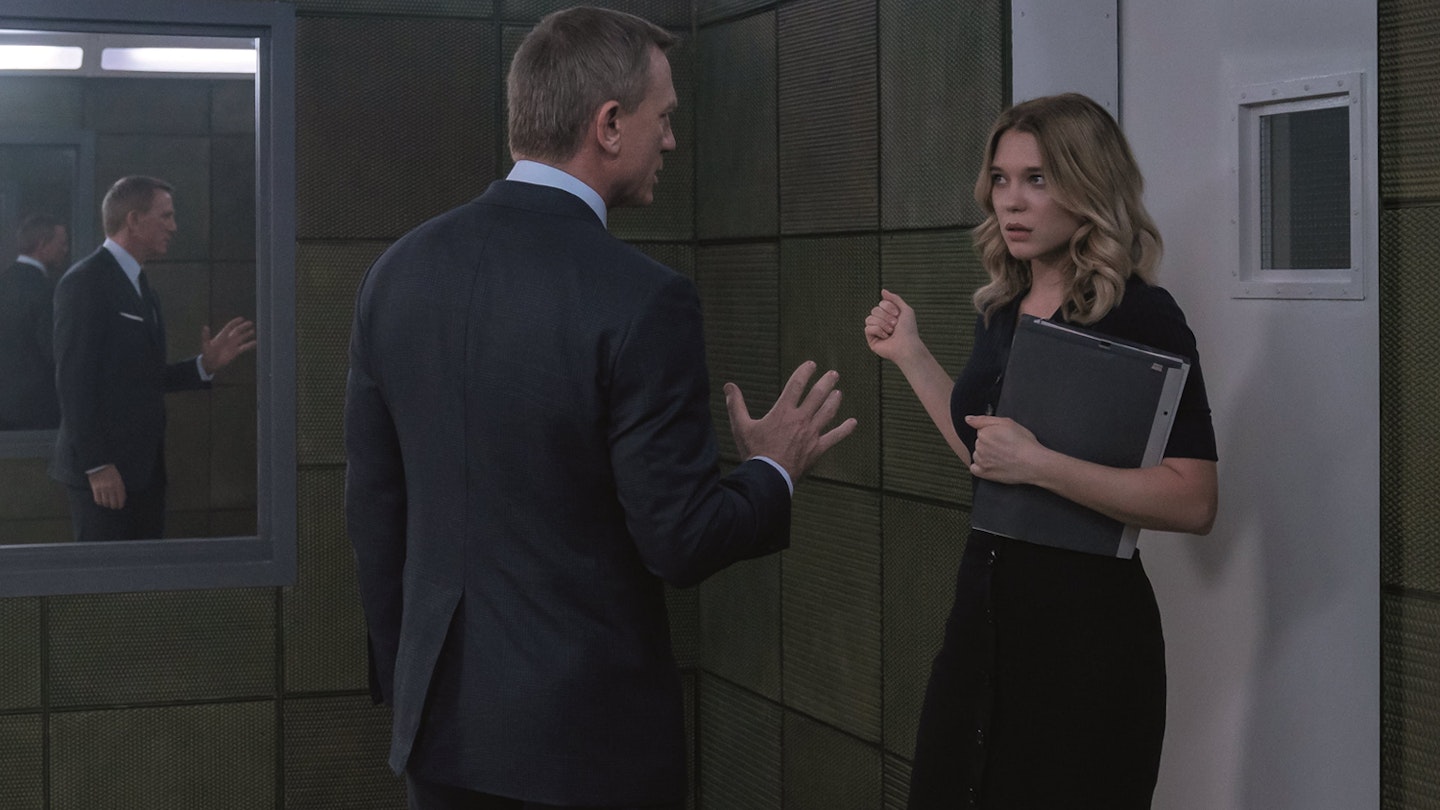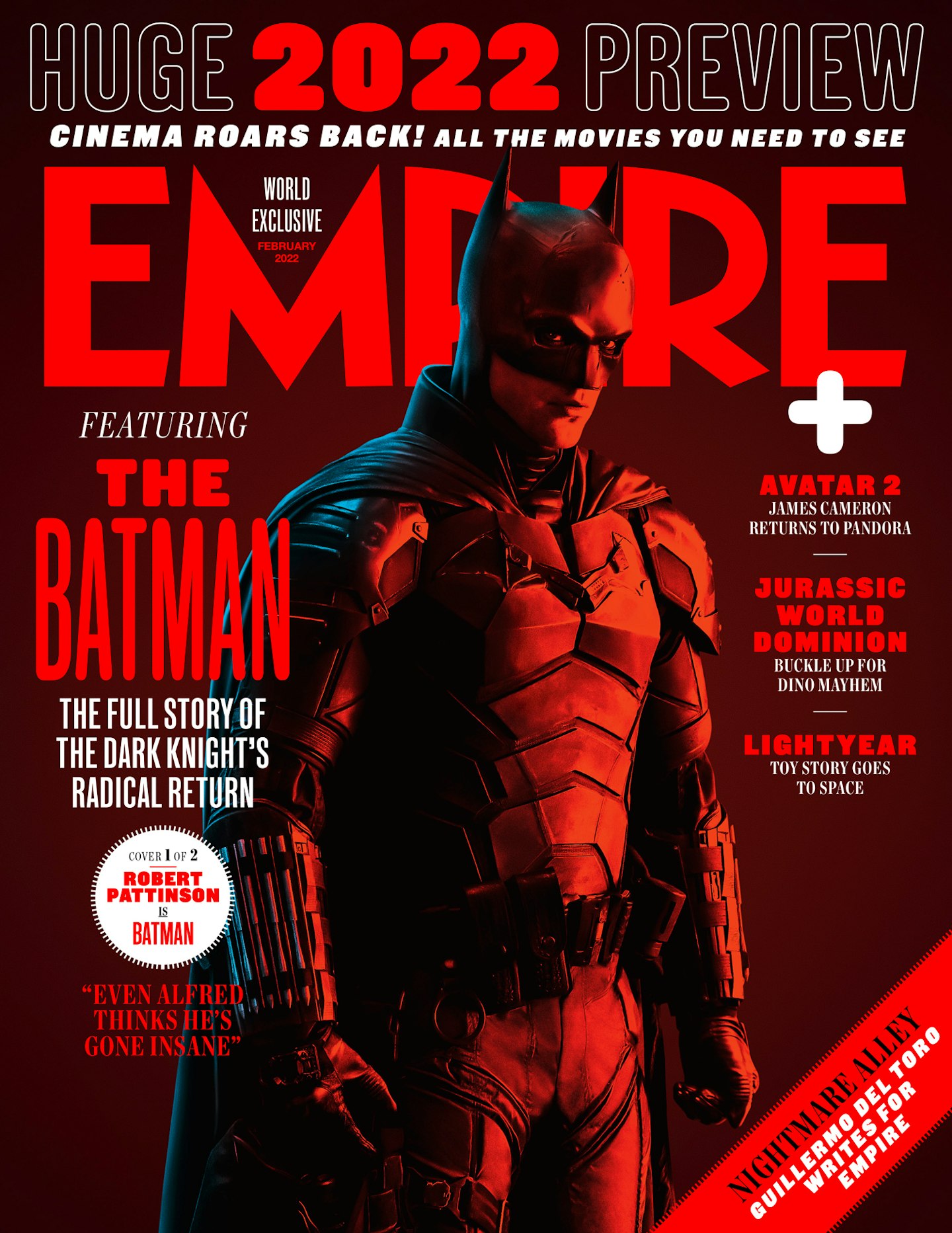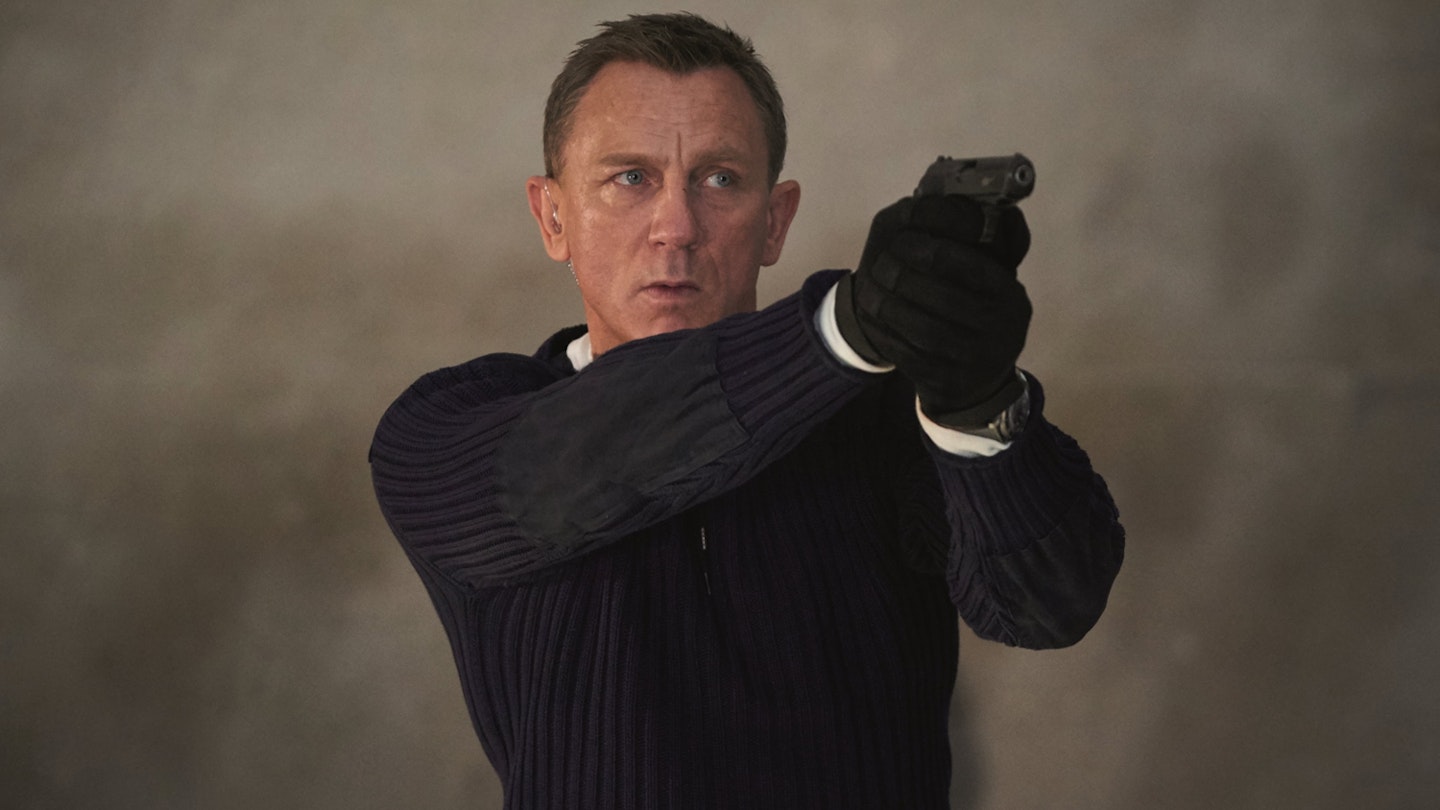SPOILER WARNING: Contains MAJOR spoilers for No Time To Die.
Sometimes a spoiler is so spoiler-y that it feels illegal to say it out loud or write it down. It’s been six years since Star Wars: The Force Awakens hit cinemas, and it still doesn’t feel OK to talk about that film’s major death. (We’ve all seen that now, right?) But as No Time To Die – aka Daniel Craig’s final James Bond movie – hits Blu-ray, having sold out cinema screenings for months, director Cary Joji Fukunaga is finally ready to speak about his film’s final reel. It’s fair to say he’s delivered probably the boldest Bond movie ending of all time, going where no other 007 outing – or no other 007 himself – has gone. (Final spoiler warning, people.) Because at the end of No Time To Die, James Bond… whisper it… well, James Bond… dies. Boom. (Literally.)
Not only that, but 007 dies in service of his lover Madeline Swann (Léa Seydoux) and daughter Mathilde, saving the world and protecting his new-found family in one fell swoop. As Fukunaga tells Empire in The Batman issue, wiping Bond off the board was always the plan. “In my first meeting with Daniel and the producers, they said that’s how they wanted the story,” he recalls. “They felt that was an ending. I was like, ‘Well, it’s a result of an ending, but we don’t know what happens. It has to be earned.’”

The exact nature of that climactic moment took a little while to come together – and the filmmakers hit upon the specifics once shooting was already underway, the circumstances of Bond’s demise being left intentionally “a bit loose” when production began. “I was really struggling, because it couldn’t be conventional action,” Fukunaga explains. “It couldn’t just be a demonic device, it had to be tied into the central theme of the story.” Notably, that Bond has a family now – which dovetailed neatly with the DNA-tagged virus proliferated by Rami Malek’s villainous Safin. Cue machinations that lead to 007 himself becoming infected, unable to see his daughter again without killing her.
Bond’s eventual fate comes in a hail of missile fire, and while we (thankfully) don’t see Craig disintegrate before our very eyes in graphic detail, Fukunaga reckons there’s no chance he survived. “I wasn’t trying to be obtuse with it,” he says. “I wanted to be clear with it. But I wanted it to be tasteful. We didn’t want that shot in Terminator 2 where you see Sarah Connor turning into bones. But we wanted to show that he wasn’t going to jump down a sewer at the last second. So that wider shot of the island being pummelled was a mixture of macro and micro. The full effect is, ‘Yes, he’s gone, but he succeeded in making sure none of that weapons would go on into the future.’”
Ultimately, Bond’s story ends not with him, but with Madeleine and Mathilde – driving away together through a tunnel that echoes the iconic 007 gun barrel visual. “It felt like closure, like closing off the past, and closing off the story,” says Fukunaga. “It’s that last sentence in a paragraph in the last chapter of a book, just to try to make it feel satisfying.” For now, it’s the end of James Bond – or, this James Bond at least. Because if there’s one thing we’ve learned over the course of 25 films (and that can be seen at the end of No Time To Die’s credits sequence), it’s that age-old maxim: James Bond will return. Who he is this time, and when he’ll arrive, remains to be seen.

Read Empire’s full spoiler-filled deep-dive No Time To Die interview with Cary Joji Fukunaga in The Batman issue – on newsstands from Thursday 23 December, and available to pre-order online here. No Time To Die is out now on 4K Ultra-HD, Blu-ray, DVD, and digital download – and might still be showing in a cinema near you.
